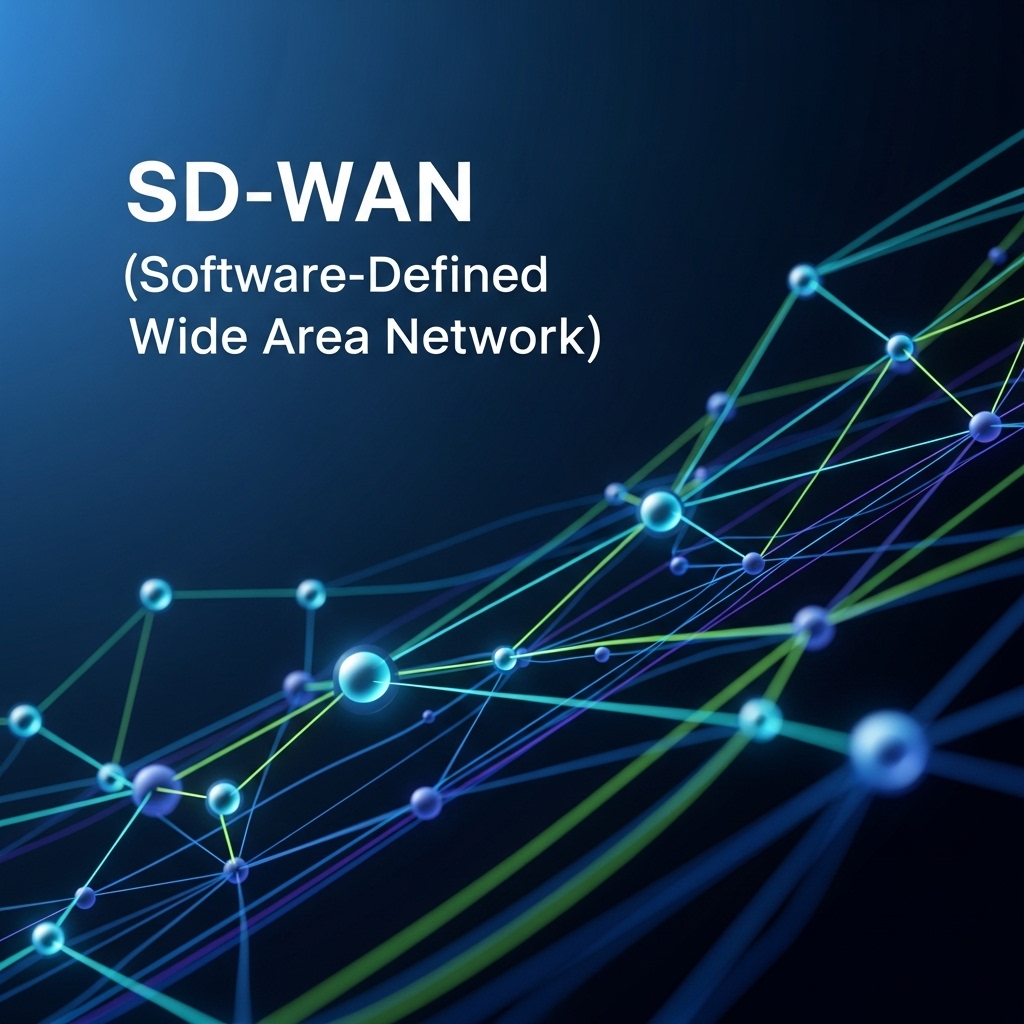What is SD-WAN? A Smarter Approach to Wide Area Network Management
SD-WAN (Software-Defined Wide Area Network) is a software-based technology designed to simplify and optimize the management of wide area networks. Unlike traditional WAN architectures, SD-WAN enables intelligent control of traffic flow, improves bandwidth utilization, and enhances overall network performance. This makes it a powerful solution for modern organizations with multiple branch offices, remote users, or cloud-based services.
Key Features and Benefits of SD-WAN
Centralized Management
SD-WAN provides a centralized control plane that allows administrators to define, apply, and manage network policies across multiple locations from a single interface. This ensures consistency, faster deployments, and easier policy enforcement.
Optimized Traffic Routing
The platform intelligently steers traffic based on application type, network conditions, and user-defined priorities. Critical applications receive optimal paths, ensuring improved performance and reduced latency.
Multiple Connectivity Options
SD-WAN supports diverse transport technologies such as MPLS, broadband, LTE, and 5G. This gives organizations the flexibility to mix and match connectivity options to suit performance and cost requirements.
High Availability and Resiliency
In the event of a network disruption or link failure, SD-WAN automatically reroutes traffic through the next best available path. This ensures business continuity and minimizes downtime.
Integrated Security
Modern SD-WAN solutions include built-in security features such as encryption, firewall capabilities, and advanced traffic inspection. These tools help secure data transmissions and protect against cyber threats.
Cost Efficiency
By leveraging lower-cost connectivity options and optimizing bandwidth usage, SD-WAN helps reduce overall network costs. It minimizes the need for expensive dedicated circuits like MPLS while maintaining performance and reliability.
Why Organizations Are Adopting SD-WAN
SD-WAN is especially valuable for enterprises that operate multiple branch offices, data centers, or hybrid cloud environments. It simplifies network architecture, enhances application performance, and provides a more secure and scalable infrastructure. As digital transformation accelerates and remote work becomes the norm, SD-WAN is becoming a cornerstone of modern enterprise networking strategies.












